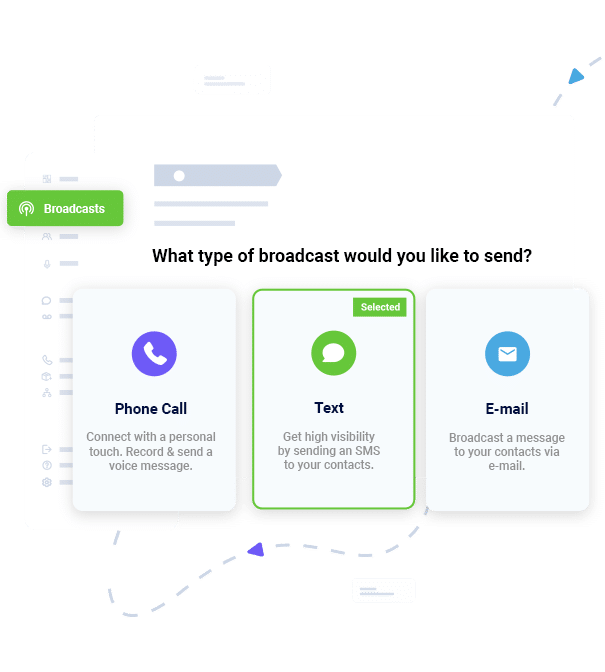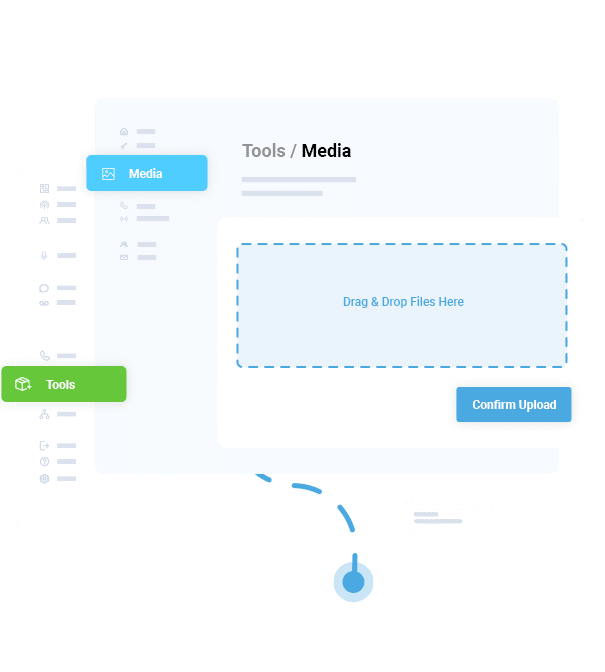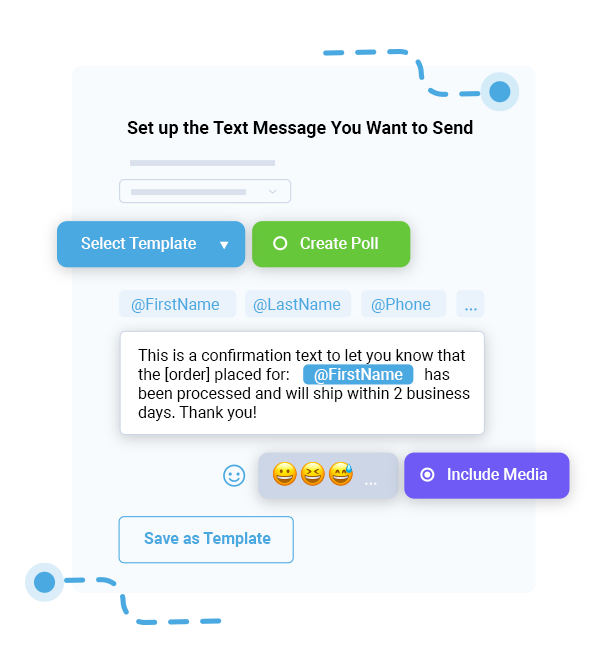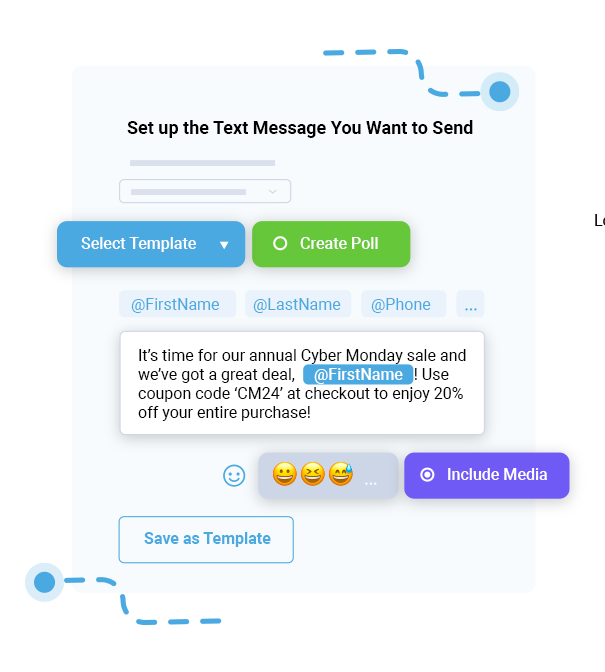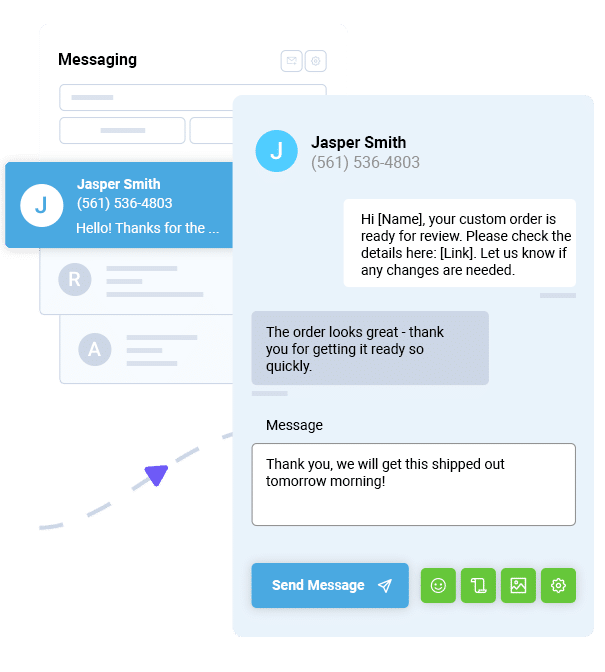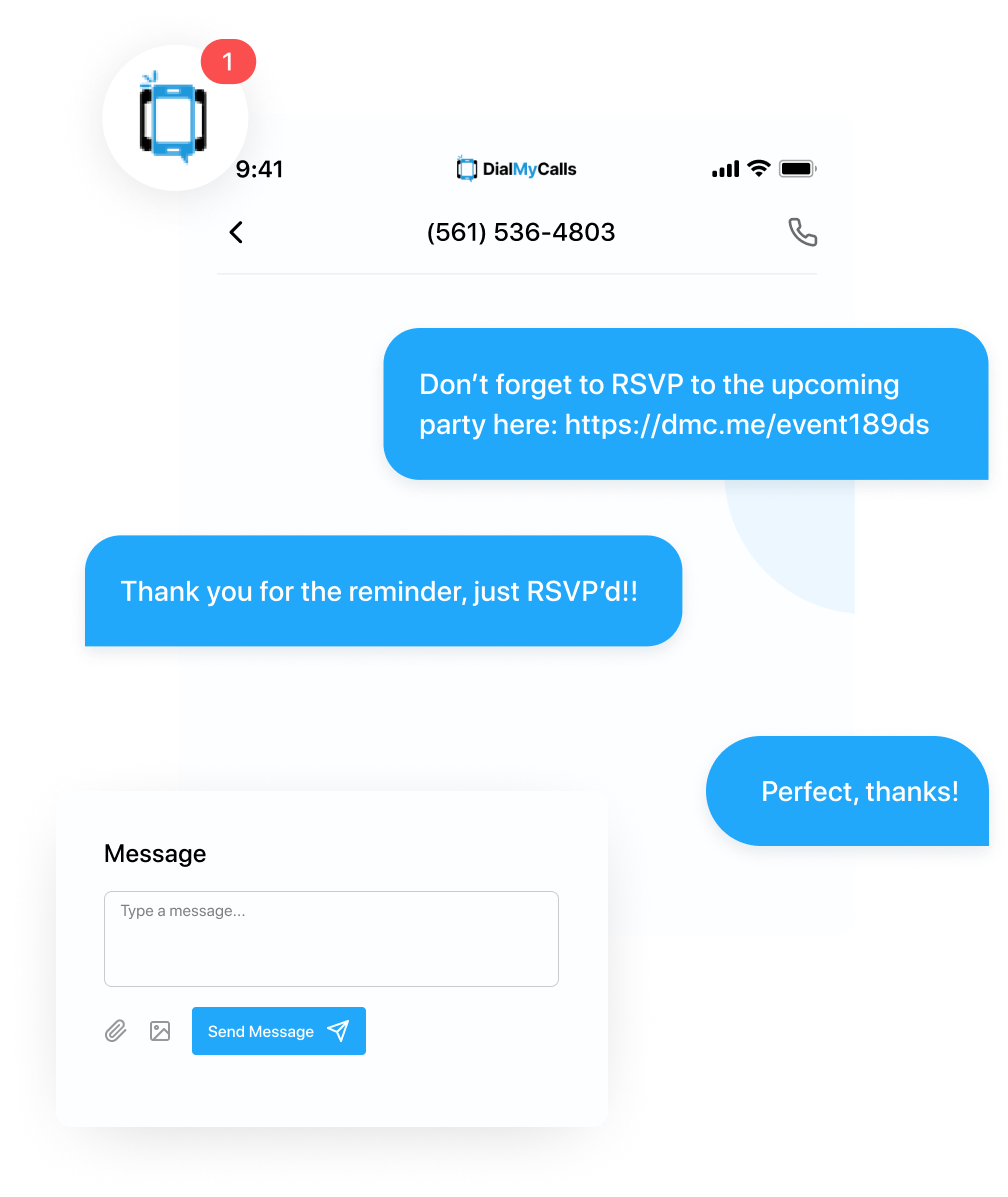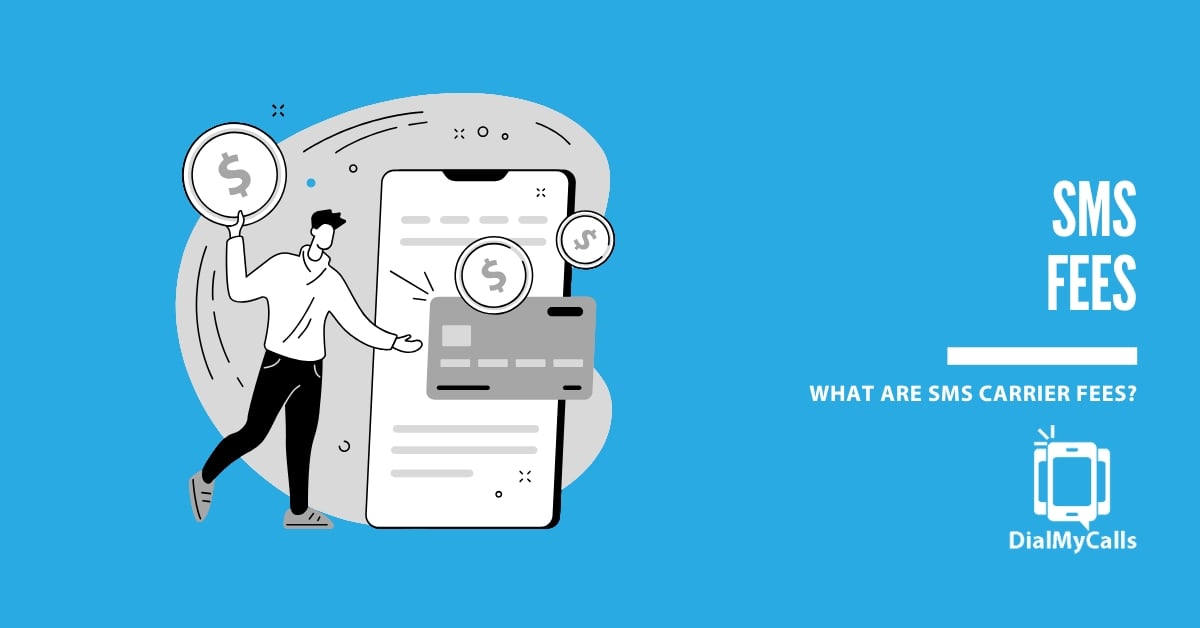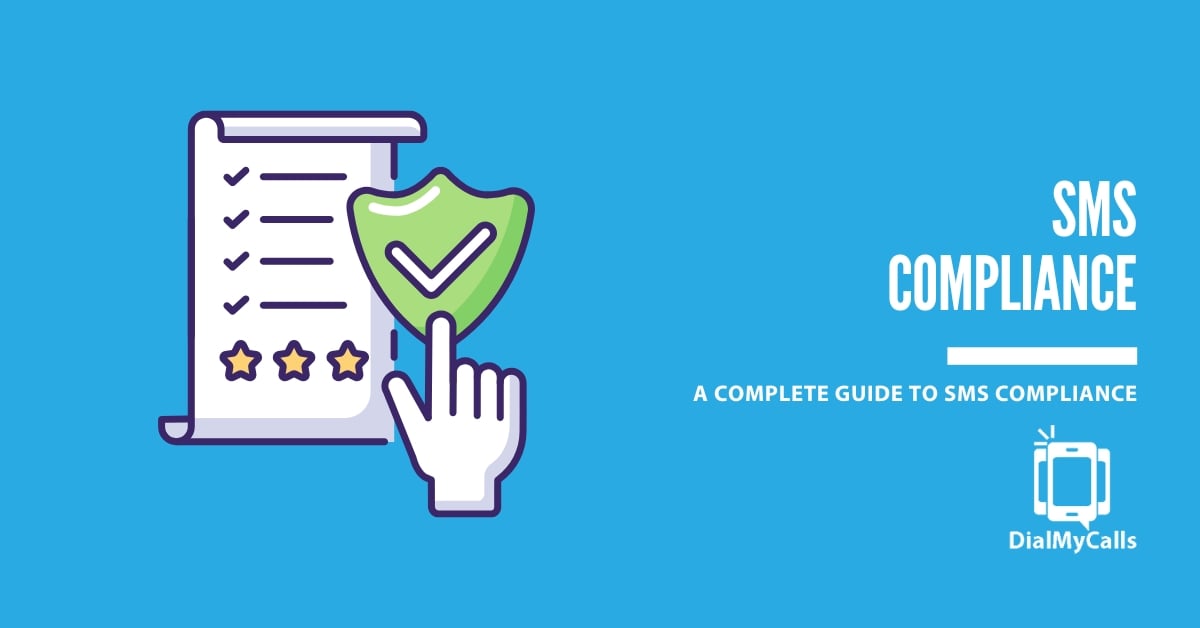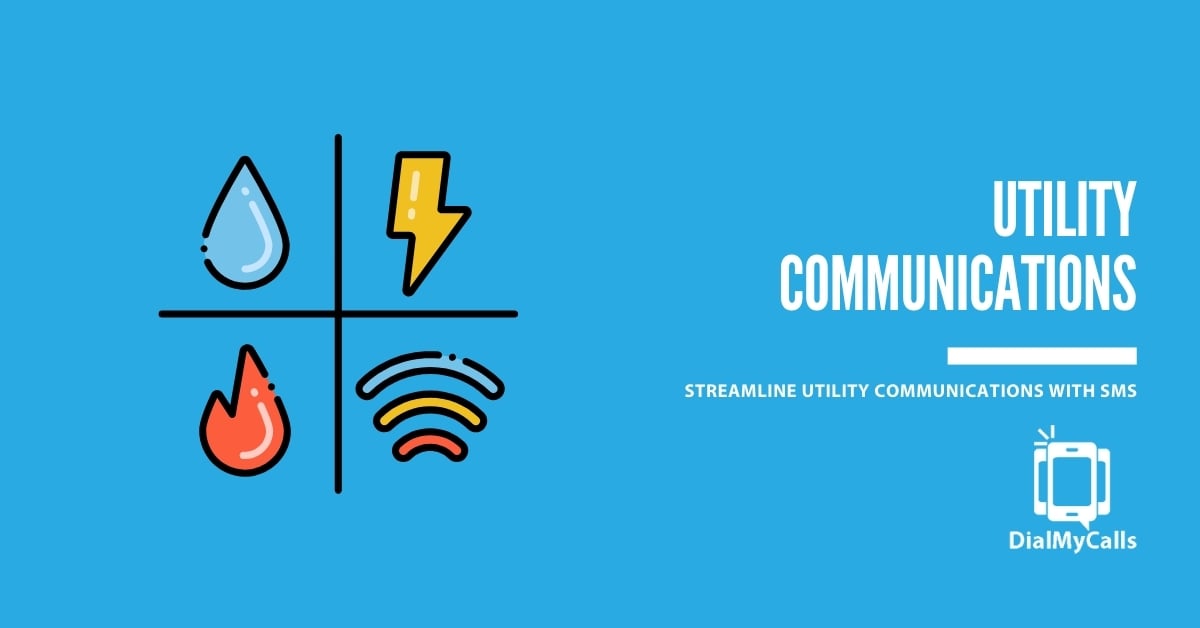Author
Tim Smith is the Media Manager at DialMyCalls, where he has leveraged his expertise in telecommunications, SaaS, SEO optimization, technical writing, and mass communication systems since 2011. Tim is a seasoned professional with over 12 years at DialMyCalls and 15+ years of online writing experience.
Try Using DialMyCalls Right Now
Start For FreeRecent Posts
- 10 Proven Tips To Rapidly Grow Your SMS Subscriber List
- SMS Marketing Metrics: How to Measure and Improve Your Text Campaign’s Success
- What are SMS Carrier Fees and How to Lower Your Costs
- 8 Creative SMS Marketing Ideas to Boost Engagement This Summer
- 15 Ways to Use QR Codes For Event Promotion & Attendee Engagement
Categories
“I am a youth minister and have spent hours in the past calling students individually to remind them of an upcoming event or to get out an urgent announcement. With DialMyCalls.com, I cut that time down to about 1 minute. I also love how I can see exactly who answered live and how long they listened so I know if they heard the whole message. DialMyCalls.com is the best website I have stumbled upon all year! Thanks!”
Central Baptist Church
Try Using DialMyCalls Right Now
Start For Free8 Different Types of Text Messages & Their Uses in Mobile Marketing
Posted by Tim Smith in General Post on October 21, 2024
Updated on January 27, 2025
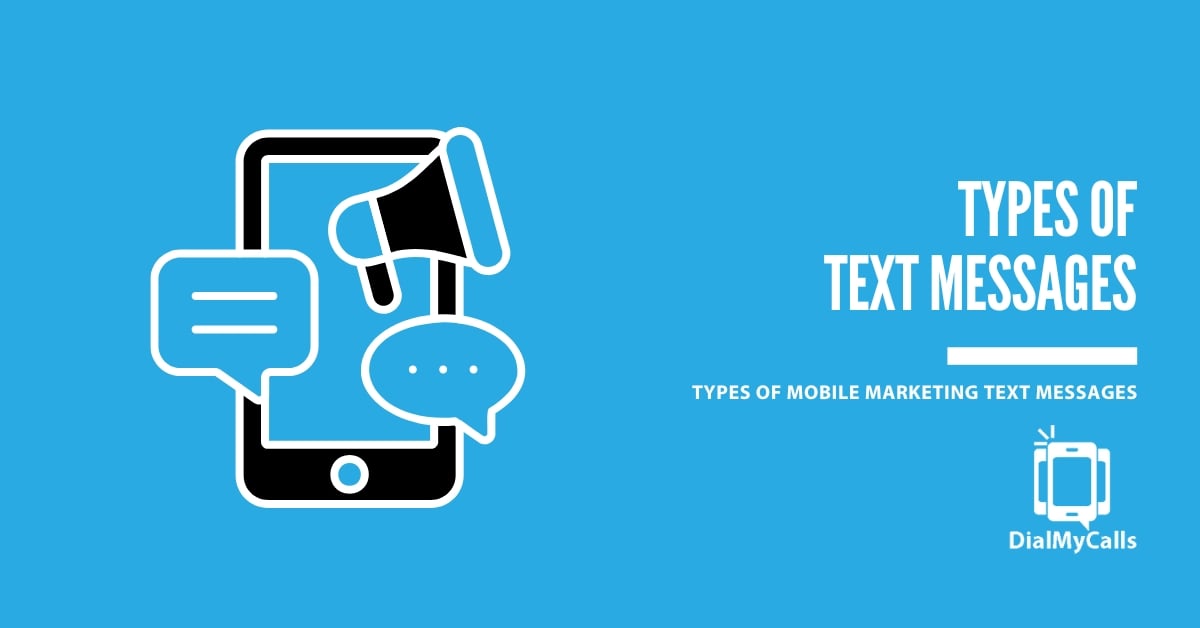
These days, if you want to grab your customers’ attention, you’ve got to meet them where they spend the most time—on their phones. From scrolling through social media to responding to emails and texts, mobile devices have become an essential part of our daily routines. That’s why mobile messaging has become a must-have tool for businesses looking to stay connected with their audience.
But here’s the thing: not all messages are created equal. With text message open rates hovering around 98%, and far outpacing emails, businesses have a unique opportunity to get their message in front of customers in a way that feels personal and immediate. Whether you’re sending a simple promotional update or an engaging multimedia campaign, text messaging offers a range of options to help you hit your marketing goals.
In this post, I’ll break down the different types of text messages and how you can use each one to boost your mobile marketing efforts. Plus, I’ll throw in a few tips so you can make your messages stand out.
Reach Thousands, Instantly
Grow Your Business by Leveraging Mass Texting
8 Types of Text Messages & Their Uses
- SMS (Short Message Service): The classic text message, known for its simplicity and widespread use.
- MMS (Multimedia Messaging Service): A step up from SMS, allowing you to send images, videos, and more.
- RCS (Rich Communication Services): A newer, interactive messaging format with rich media and functionality.
- Transactional Messages: Essential for sending critical information like order confirmations and delivery updates.
- Promotional Messages: Designed to drive engagement and sales through special offers and discounts.
- Conversational Messages: Fostering two-way communication between businesses and customers.
- Push Notifications & In-App Messaging (As Related Types): Although not traditional text messages, these are essential for reaching users who are already engaged with your mobile app.
- Chat Apps (WhatsApp, Viber, etc.): Reaching your audience through the apps they already use for personal communication.
When it comes to mobile marketing, there are several types of messaging formats, each with its own purpose and best use cases. Whether you’re sending a basic SMS or using rich media through RCS, the right type of message can help you achieve your marketing goals more effectively.
Now, let’s dive deeper into each type and explore how you can use them to create impactful marketing campaigns.
1) SMS (Short Message Service)
Let’s start with the classic: SMS. These text-only messages are probably the most familiar to marketers and customers alike. With a limit of 160 characters, SMS messages are short, direct, and incredibly effective for reaching customers in real-time.
Use Cases for SMS
- Promotional Campaigns: Whether you’re sharing a flash sale or a limited-time offer, SMS is perfect for getting the word out fast. With nearly instant open rates, you can drive engagement and encourage quick action.
- Reminders: For service-based businesses, SMS is a go-to for appointment reminders. Sending customers a quick message the day before an appointment helps reduce no-shows and keeps your schedule running smoothly.
- Two-Factor Authentication: SMS also plays a key role in security. Many businesses use it to send verification codes for two-factor authentication, ensuring that customers’ accounts remain protected.
Best Practices for SMS
- Keep It Short: With just 160 characters, every word counts. Make sure your message is clear and to the point.
- Include a Clear CTA: Whether it’s “Shop Now,” “Call Us,” or “Book Your Appointment,” your call-to-action should be front and center.
- Personalize When Possible: Personalization is key to making your messages feel more relevant. A simple “Hi [Customer Name], here’s an offer just for you” can go a long way in boosting engagement.
For more tips on SMS marketing strategies, check out DialMyCalls’ Ultimate Guide to Mass Text Marketing and learn how to get the most out of your SMS campaigns.
2) MMS (Multimedia Messaging Service)
When text alone isn’t enough, MMS comes into play. Multimedia Messaging Service allows you to send images, videos, GIFs, and audio files directly to your audience. With the ability to create more visually engaging content, MMS is ideal for making a stronger impact in your marketing campaigns.
Use Cases for MMS
- Product Launches: If you’ve got a new product to showcase, MMS is the perfect way to introduce it. With the ability to include high-quality visuals, you can bring your product to life and generate excitement.
- Event Invitations: Sending out event invitations with images or even short videos can add a personal touch that a plain text message just can’t achieve. It makes the invite more enticing and can increase RSVP rates.
Best Practices for MMS
- Use Engaging Visuals: Your images or videos should be eye-catching and relevant to the message. High-quality visuals are key to keeping your audience engaged.
- Optimize for Mobile: Ensure that any media you send is optimized for mobile viewing. Images and videos that load quickly and display properly on all devices can make a big difference in user experience.
- Include an Engaging CTA: Just like with SMS, a clear call-to-action is essential. After showcasing your product or event, guide your audience on what to do next. Whether it’s visiting a landing page, making a purchase, or RSVPing to an event.
For a deeper dive into how to maximize your multimedia campaigns, check out DialMyCalls’ guide on Mass MMS Messaging for tips on sending bulk images and videos efficiently.
3) RCS (Rich Communication Services)
If you’ve ever wished your text messages could behave more like a mini-website, then RCS is your solution. It combines the best elements of SMS and MMS with advanced features like rich media, interactive buttons, and more. Think of it as SMS 2.0, allowing you to create immersive, interactive experiences right within a customer’s messaging app.
Use Cases for RCS
- Interactive Campaigns: Whether you’re launching a new product or promoting a limited-time offer, RCS allows users to book, buy, or browse directly from the message. For example, a restaurant could send a message that lets customers order food, browse the menu, and track delivery—all without leaving the chat.
- Customer Support: The days of endless back-and-forth texts to solve customer issues are behind us now. RCS offers interactive buttons that can instantly connect users to support, provide FAQs, or even initiate live chats. This reduces friction and improves customer satisfaction.
Best Practices for RCS
- Utilize Rich Media for Engagement: Since RCS allows for images, videos, and GIFs, use these tools to create a visually engaging experience. You can showcase product demonstrations or feature explainer videos to keep your audience hooked.
- Interactive CTAs: Add buttons that allow customers to take direct actions, like “Buy Now,” “Schedule a Call,” or “Track Order.” These interactive elements make it easy for customers to engage without the hassle of switching apps or browsers.
- Deeper Personalization: Take full advantage of RCS’s ability to deliver tailored content. Use personalized offers, messages, or recommendations based on user data to create a more customized and engaging experience.
RCS is completely changing how businesses engage with customers by offering a more dynamic and interactive platform than traditional SMS. Want to see how this can elevate your campaigns? Check out DialMyCalls’ solutions for seamless messaging.
4) Transactional Messages
While marketing messages are all about driving engagement and boosting sales, transactional messages serve a different yet equally critical purpose. They deliver important, time-sensitive information. These messages don’t aim to promote products or services but instead ensure that customers have all the necessary information regarding their interactions with your business.
Use Cases for Transactional Messages
- Order Confirmations: After a customer makes a purchase, an immediate message confirming the order details helps reassure them that the transaction was successful.
- Shipping Updates: Let customers know when their order has shipped, is out for delivery, or has been delivered. This reduces anxiety about shipping times and increases transparency.
- Account Activity: From login alerts to password changes, keeping customers informed of account activity is crucial for security and peace of mind.
- Appointment Reminders: Service-based businesses can benefit from sending timely reminders, helping to reduce no-shows and keep customers in the loop.
Best Practices for Transactional Messages
- Timeliness is Key: Transactional messages should be delivered in real-time to keep customers informed when it matters most.
- Provide Value: Ensure the content of your message is informative and to the point. Avoid including promotional material unless it directly adds value, like an upgrade option.
- Maintain Compliance: Transactional messages are often subject to different regulations than promotional messages, so it’s crucial to stay compliant by avoiding any promotional language unless it’s explicitly permitted.
5) Promotional Messages
Promotional messages are the bread and butter of any mobile marketing strategy. These are the messages designed to catch your customer’s attention, generate sales, and drive engagement. Whether it’s a flash sale or a product launch, promotional messages are all about delivering a compelling offer straight to your customer’s phone, where they’re most likely to see and act on it.
Use Cases for Promotional Messages
- Flash Sales: Urgent, limited-time offers are perfect for text marketing. By tapping into the fear of missing out (FOMO), you can drive quick responses and capitalize on impulse buying.
- Discount Codes: Personalized discount codes sent directly to customers can boost conversion rates. By tailoring offers to individual preferences or purchase history, you create a sense of exclusivity and relevance that’s hard to resist.
- New Product Announcements: When you’re rolling out a new product or service, text messaging is a direct way to spread the word. Combine a quick description with a link to purchase, and you’re on your way to converting interested customers into buyers.
Best Practices for Promotional Messages
- Create Urgency: Whether it’s a countdown to the end of a sale or a limited-time discount, urgency drives action. Make sure your message emphasizes why the recipient needs to act now.
- Use Clear CTAs: Your call to action (CTA) should be obvious and compelling. Whether it’s “Claim Your Discount” or “Get It Before It’s Gone,” clarity is key.
- Personalize the Offer: Generic promotions can feel spammy. Personalizing your message by using the recipient’s name or referencing past purchases can dramatically improve engagement and conversion rates.
To help you maximize your promotional messages, DialMyCalls offers powerful tools and integration capabilities for segmenting audiences and scheduling campaigns.
6) Conversational Messages (Two-Way Messaging)
Conversational messages are all about building real connections. Unlike one-sided promotional texts, two-way messaging opens up a dialogue between you and your customers. Think of it like a text conversation with a friend—only it’s between your business and your customer, and the goal is to enhance the experience. Whether you’re collecting feedback or offering instant support, it allows for a level of engagement that feels personal and timely.
Use Cases for Conversational Messages
- Customer Feedback: After a purchase or service, a simple, “How did we do?” text can go a long way. It’s quick, non-intrusive, and gives you valuable insights into customer satisfaction. For instance, sending a message like, “Rate your experience with us today, 1-5!” encourages customers to respond right away, giving you real-time feedback.
- Customer Support: Let’s say a customer has a question or a problem. With two-way messaging, they can ask directly via text, and you can resolve their issue on the spot. This is especially helpful for handling inquiries about order status, product issues, or returns.
Best Practices for Conversational Messages
- Respond Quickly: Timing is everything. When customers reach out, they expect a prompt response. Automate common replies if needed, but make sure personalized responses follow quickly for more detailed inquiries. The faster you respond, the better the experience.
- Make it Personal: A little personalization can go a long way. Try to reference their previous interactions and consider their conversation history whenever possible. It feels more human, builds trust, and makes the conversation much more engaging.
- Stay on Topic: Keep your responses relevant. Don’t use conversational messages as a backdoor for promoting unrelated products or offers—it can feel spammy. Stick to the customer’s inquiry, whether it’s about their recent order or feedback on a service.
For more information, check out our 2-Way SMS Text Messaging feature, which lets you easily create real-time, meaningful conversations.
7) Push Notifications and In-App Messaging
While SMS and MMS dominate mobile marketing, push notifications and in-app messaging add another layer to your strategy, especially for app-based businesses. Push notifications are those little nudges that appear on a user’s screen even when they’re not using your app, while in-app messages show up when someone is actively navigating through it. Together, they offer a one-two punch: push notifications bring people back, and in-app messages keep them engaged once they’re in.
Use Cases for Push Notifications and In-App Messaging
- Re-Engagement: Use push notifications to re-engage users by reminding them about an abandoned cart, a limited-time offer, or a special update. Once they’re back in your app, in-app messages can greet them with personalized content or prompt them to complete an action.
- Real-Time Alerts: Both are great for sending out time-sensitive information. Push notifications can announce flash sales or appointment reminders, while in-app messages can update users on what’s new while they’re already browsing.
Best Practices for Push Notifications and In-App Messaging
- Don’t Overdo It: When it comes to push notifications, you want to be selective. Too many alerts can annoy users and lead to app deletions.
- Keep It Relevant: For in-app messaging, focus on delivering value at the right moment. Personalized messages that align with user activity make for a smoother, more meaningful experience.
Push notifications and in-app messaging, when used strategically, can enhance user experience and drive meaningful actions without overwhelming your audience.
8) Chat Apps
Messaging through apps like WhatsApp, Facebook Messenger, and Viber allows businesses to meet customers on their favorite platforms. These apps offer direct, instant communication, giving you a powerful way to reach customers in real time.
Use Cases for Chat Apps
- Customer Engagement: Whether answering queries or providing personalized updates, these platforms foster real-time interaction, creating stronger customer relationships.
- Broadcast Messages: Share announcements, promotions, or product launches to a large audience quickly and efficiently.
Best Practices for Chat Apps
- Respect Privacy: Always ensure that you’re handling user data responsibly and respecting their privacy. This builds trust and maintains user satisfaction.
- Comply with App Guidelines: Each platform has its own set of rules and guidelines. Make sure to follow these to avoid penalties or being banned from the platform.
- Provide Opt-In and Opt-Out Options: Let users decide whether they want to receive messages and give them the option to opt-out at any time. This not only keeps you compliant but also builds trust with your audience.
With the power of chat apps, businesses can easily scale personal communication with customers, but only if they do so in a thoughtful and responsible way.
Maximize Outreach, Save Time
Start Transforming Your Communication with Mass Texting
How to Choose the Right Type of Message for Your Campaign
- Campaign Goals
- Audience Preferences
- Regulatory Considerations
When it comes to mobile messaging, one size definitely doesn’t fit all. Choosing the right type of message depends on several factors, from what you’re trying to achieve to how your audience prefers to communicate. Let’s break it down.
1. Campaign Goals
Start with your marketing objectives. What’s the purpose of your message?
- Promotions and Sales: If you’re running a flash sale or sharing a limited-time offer, SMS is your go-to. It’s direct, timely, and has nearly instant open rates.
- Customer Engagement: For interactive campaigns like surveys or polls, consider RCS or even chat apps like WhatsApp. The rich media and interactive features make these channels ideal for deeper engagement.
- Updates and Alerts: For transactional messages like order confirmations or shipping updates, SMS or push notifications are often the best fit, ensuring timely and efficient communication.
2. Audience Preferences
The next consideration is your audience. Where are they most active?
- Younger Audiences: Millennials and Gen Z might be more comfortable with WhatsApp or Facebook Messenger, especially for conversational interactions.
- Broader Audiences: SMS still reigns supreme across all age groups for quick updates and offers, but for those using smartphones with RCS capabilities, you might want to take advantage of its interactive features.
3. Regulatory Considerations
No matter how great your campaign is, compliance is critical. Each message type comes with its own rules.
- Get Opt-In Consent: Before sending any promotional messages, make sure you have explicit permission from the recipient.
- Follow TCPA Guidelines: In the U.S., the Telephone Consumer Protection Act (TCPA) governs text message marketing, so you must ensure all messages comply.
- Respect Global Regulations: If you’re operating internationally, be aware of regulations like GDPR in Europe or CASL in Canada, which have specific rules on data privacy and consent.
So, choosing the right type of message hinges on aligning your campaign’s goals, respecting your audience’s preferences, and staying compliant. With the right strategy, you’ll not only improve engagement but also enhance your customers’ overall experience.
Metrics to Track Success for Each Type of Message
- Open Rates
- Click-Through Rates (CTR)
- Engagement Metrics
1) Open Rates: SMS vs. RCS vs. MMS
- SMS: Known for high open rates due to its simplicity and reach.
- RCS: Richer content and interactivity lead to higher engagement compared to SMS.
- MMS: Including images or videos can boost open rates, especially for visually-driven campaigns.
What matters?
- Content quality: Personalized, timely messages get opened more often.
- Sender reputation: Trusted senders see better open rates; spammy ones don’t.
2) Click-Through Rates (CTR): Promotional vs. Transactional Messages
- Promotional: Designed to drive action—CTR is crucial for measuring success.
- Transactional: Mostly informative, but monitoring CTR reveals engagement levels.
What matters?
- Clear CTA: A strong, concise call-to-action drives clicks.
- Landing page experience: Make sure the follow-up experience is seamless and relevant.
3) Engagement Metrics: Conversational and Chat App Messages
- Response Rate: Measures how many users reply—critical for two-way messaging.
- Time to First Response: Tracks speed of replies, indicating engagement or satisfaction.
- Average Message Length & Conversation Length: Deeper engagement often shows in longer or more frequent exchanges.
What matters?
- Human vs. bot responses: Ensure responses are relevant, whether automated or human.
- Flow of conversation: A smooth, intuitive chat experience encourages continued interaction.
Tracking these metrics helps you refine your mobile messaging strategy, ensuring better engagement and higher campaign success.
Conclusion
As we’ve seen, mobile messaging offers a range of options that can elevate your marketing game. From straightforward SMS to visually appealing MMS, transactional messages that keep your customers informed, and promotional messages that drive sales, each type has its unique strengths.
We also touched on conversational messages for real-time engagement, push notifications and in-app messaging for instant communication, and popular chat apps that meet customers where they are. The right message type can make all the difference in how you connect with your audience.
So, are you ready to dive into the world of mobile messaging? If you’re eager to explore these possibilities and start making meaningful connections, why not give DialMyCalls a try? Sign up today and take your mobile marketing journey to the next level!
Mass Texting, Made Easy
Send Bulk Text Message Campaigns in Seconds
